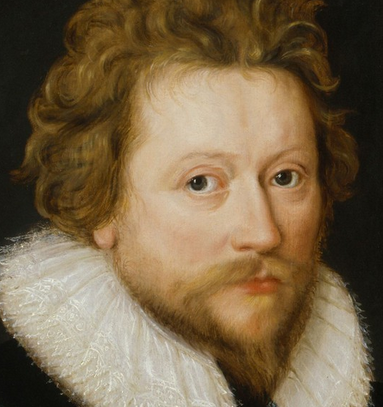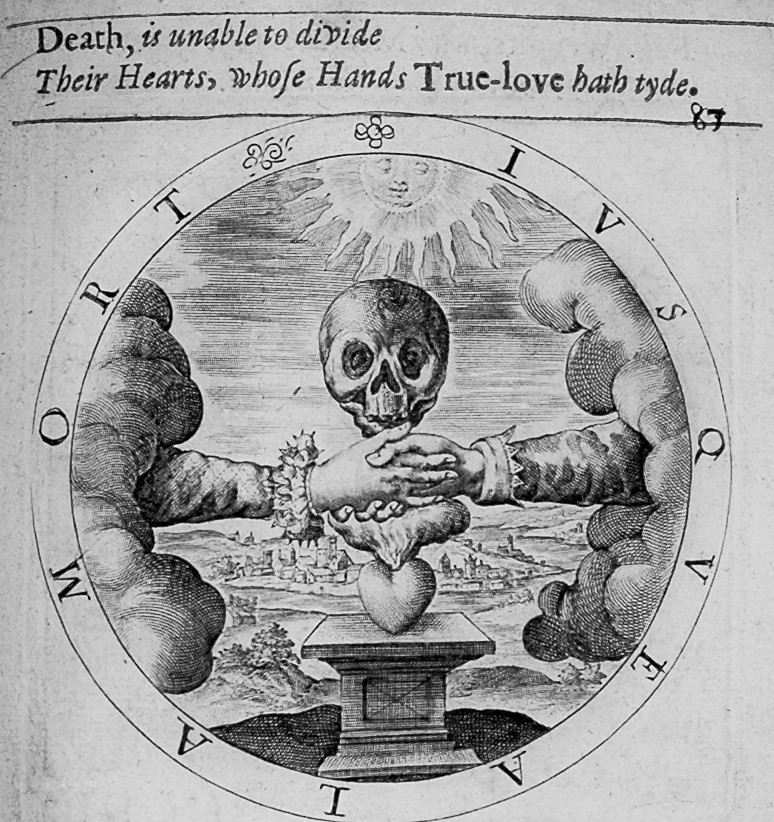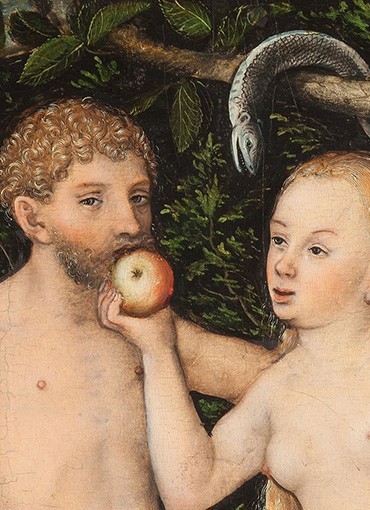CRASSH, Alison Richard Building, 7 West Road, CB3 9DT – SG1&2
Registration is open for this two-day conference, to be held at CRASSH

Summary
What is criticism? There is a telling irony in the fact that a word concerned with the making of clear separations and distinctions (< Greek krinein) should be used of early modern practices so various and so very often blurred in their disciplinary affiliation, method, aim, and indeed location. Thinking about literature and the visual arts is found in many places – in treatises on the arts of poetry or painting; in defences, apologies, praises, and paragoni; in critical prefaces, dedicatory epistles, commendatory verses, letters, and essays; in commentaries, editions, reading notes, and commonplace books; within or on the thresholds of works of poetry and painting (and in the on-stage audience of the play-within-a-play). It is situated between different disciplines and methods – borrowing structure, terminology, and taxonomy from rhetoric and logic, for example, or using the analogy of one art to think about another, as when Renaissance literary theorists build on a long tradition (it is there in Aristotle, and in Homer) of thinking about the visual arts in order to think about poetry, fiction, and mimēsis. Critical ideas and methods come into England from other places, most notably Italy, France, and the Low Countries, and take root in particular locations – the court, the Inns of Court, the theatre, the great house, the university hall, school, and library. And commonplaces of classical poetics and rhetoric – decorum, speaking pictures, nature and art, necessity and probability – serve both to connect and to measure the space between different critical discourses. Tracing the history of the development of early modern thinking about literature and the visual arts therefore requires that one think about various kinds of place – both material and textual – and the practices particular to those places; it also requires that those different places be brought into dialogue with each other. This is work that has yet to be done, and its lack accounts for the ongoing reluctance of many critics, literary historians, and art historians to engage fully with early modern thinking about the very materials they study. This conference will bring together scholars working in departments of English, modern languages, classics, and art history to look at the many different places of early modern criticism. It aims to initiate a dialogue involving scholars who are interested in the scope of criticism, and in looking at what happens on its margins; and who are keen to interrogate their own critical practices and disciplinary methods by investigating their history.
“Orpheus with beasts and birds” by Roelant Savery, 1622 © The Fitzwilliam Museum, Cambridge








